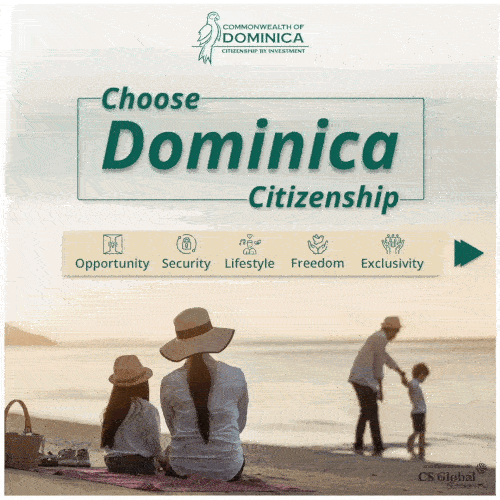According to the unified information portal of Bulgaria, on January 29, all districts were classified as the “Covid-19 dark red zones”. A district is classified as a dark red zone if the morbidity rate is 500 or more out of 100,000 population on a 14-day basis.
The national morbidity rate of Bulgaria was 1,727.7 per 100,000 population on January 29, which was 1,684.21 on January 28.
District wise, the highest morbidity rate, 2553.32 per 100,000 population, is of the capital city – Sofia, according to the data by the unified information portal.
Just a few days back, on January 26, 27 out of 28 districts were classified as the dark red zones; the only district left was Kurdzhali. At that time, the national morbidity rate was at 1582.23 per 100,000 population on a 14-day basis.
As per the official data, on January 25, the national morbidity rate of Bulgaria was 1,505.7, and 26 out of 28 Bulgarian districts were classified as the dark red zones.
At the beginning of 2022, the national morbidity rate of Bulgaria was about 342 per 100,000 population, and according to the official data on January 1, only Sofia city was classified as the dark red zone.
According to the latest report, the 28 dark red zoned districts are: Blagoevgrad, Bourgas, Varna, Vidin, Gabrovo, Kyustendil, Pernik, Sofia district, Sofia city, Stara Zagora, Veliko Turnovo, Vratsa, Dobrich, Lovech, Montana, Pazardzhik, Pleven, Plovdiv, Rousse, Silistra, Sliven, Smolyan, Haskovo, Yambol, Shoumen, Razgrad, Kurdzhali and Turgovishte.
According to the vaccine tracker of the European Centre for Disease Prevention and Control, amid such a high number of positive cases in Bulgaria, the nation continues to have the lowest vaccination rate against Covid-19 in the EU-EEA area.
According to the statics of the vaccine tracker, as of January 28, a single dose was administered to 29.5 percent of citizens, and 28.8 percent of Bulgarian are fully vaccinated. However, only 8.5 percent of people have taken booster doses.

